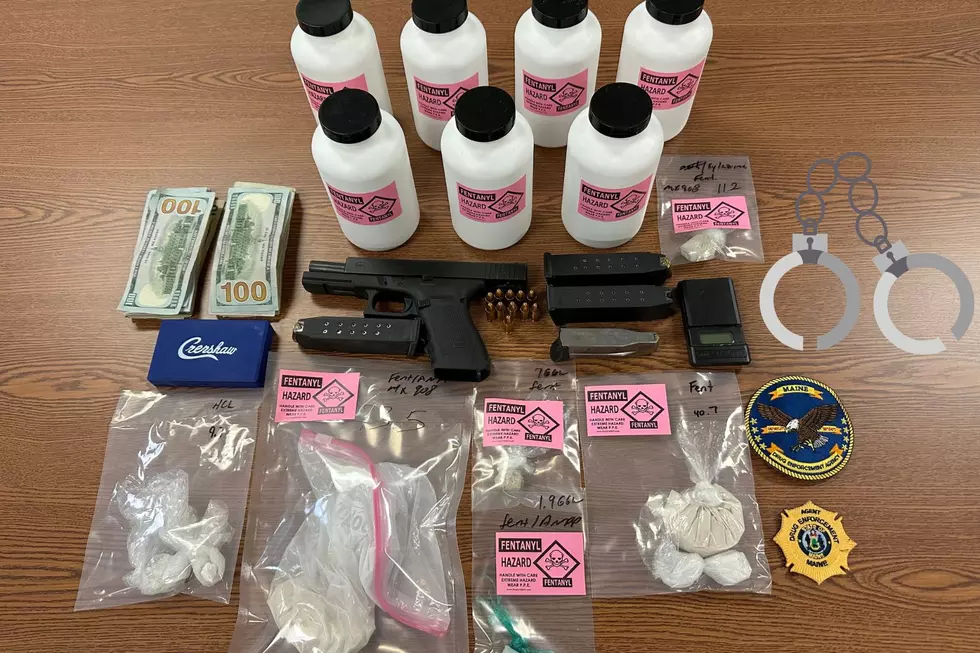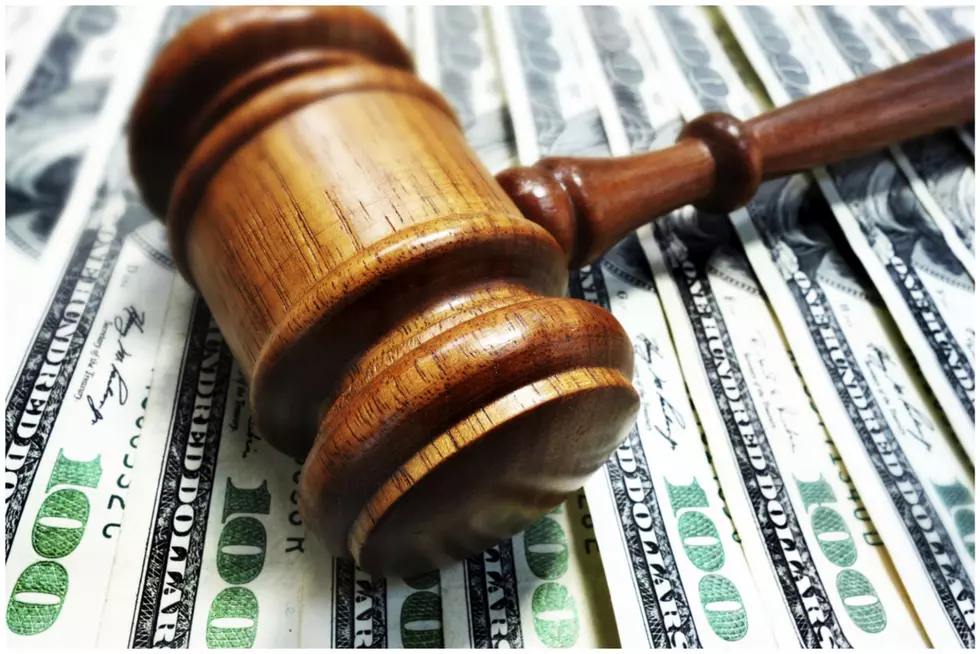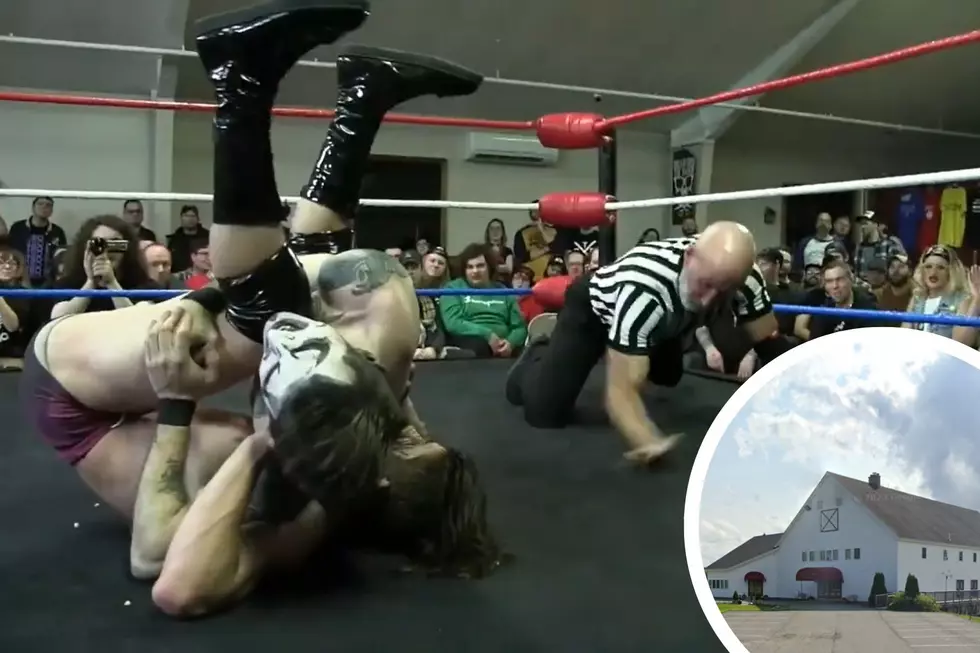
So Who Likes this Cold Weather?
Maine's maple syrup producers like the cold weather and they're already tapping trees for sap.
Many of us "old timers" relate to the image of buckets, or milk jugs, attached to trees in the spring in Maine, to capture the naturally running sap, and many of us assumed the sap ran from the top of the mature tree, down to the ground.
However, emerging science suggests otherwise, and the innovation in sap collection could result in quite a boon for the maple syrup industry in New England.
The University of Vermont's Proctor Maple Research Center is leading the research into the possibility of creating tree farms or "plantations" of sugar-maple saplings.
Michael Bryant with the Maine Maple Producers Association says there's about 380 licensed producers in the state of Maine and last year about 360,000 gallons of maple syrup was produced.
Bryant says while he thinks the idea of sugar-bush farms is still a way off it would more than likely be beneficial for the industry.
"We certainly do it with Christmas trees...if the maple industry got to that it would certainly make it a lot easier and faster," says Bryant.
Currently, maple producers have to tap trees that are forty years old or older, but the new science suggests the sap is produced from the roots and can be suctioned from the top of cut-off saplings.
There's a new grading system for syrup being implemented as well.
During 2014, sugarhouses are required to implement the new grading rules but may still sell syrup under the old names of light, medium, dark, and extra dark as they educate consumers to the new grades.
Pure Maine maple syrup adheres to some of the strictest standards for density, clarity, color, and flavor. Maple inspectors enforce these laws and assist producers in maintaining high standards and superior quality in their maple products.
More From WQCB Brewer Maine









